A Well-Informed Start to 2025: BBK’s Guidance for New Laws in California – Housing Part Four
New Housing Legislation Related to Expansion of Laws Providing Streamlined Approval of Various Projects and Updates to Mobile Home Law
In part four of the Housing New Laws series from Best Best & Krieger LLP (BBK), new housing legislation in 2025 addressing streamlined or by-right approval of certain projects, as well as updates to laws governing mobile homes are reviewed. Below are takeaways and analyses of SB 1123, AB 2243, AB 1801, SB 1395, AB 2247, AB 2373 and AB 2387.
Expansion of Laws Providing Streamlined Approval
SB 684, which was enacted in 2023 and became effective January 1, 2024, required local agencies to ministerially approve (1) a subdivision resulting in 10 or fewer parcels for certain housing development projects and (2) a housing development project consisting of 10 or fewer units on a parcel resulting from a subdivision under SB 684.
Currently, for a subdivision to be eligible for streamlined, ministerial review under SB 684, the resulting development must be located on a lot zoned for multifamily residential developments that are no larger than five acres and substantially surrounded by qualified urban uses. SB 1123 expands eligibility to housing developments located on lots zoned for single-family residential development, provided that: the lots are “vacant,” no larger than 1.5 acres, substantially surrounded by qualified urban uses, and the newly created parcels are at least 1,200 square feet.
SB 1123 makes additional modifications to current SB 684 requirements, including the following:
- For developments on parcels not identified in a jurisdiction’s housing element for the current planning period, SB 1123 reduces the requirement previously set forth in SB 684 that the development result in at least as many units as the maximum allowable residential density. Under SB 1123, proposed developments need only result in the greater of either: (i) at least 66% of the maximum allowable residential density as specified by local zoning or (ii) at least 66% of the applicable residential density under Government Code Section 65583.2, subdivision (c)(3)(B).
- SB 1123 requires that a proposed subdivision under SB 684 not result in any existing dwelling unit being alienable separate from the title to any other existing dwelling unit on the lot.
- Currently, housing development projects on a proposed site to be subdivided under SB 684 are not required to comply with any minimum requirement on the size, width, depth, or dimensions of an individual parcel created by the development beyond the minimum parcel size specified in, or established pursuant to, SB 684. SB 1123 adds frontage to that list.
- Although a city is not required to permit accessory dwelling units (ADUs) or junior ADUs (JADUs) on parcels created under SB 684, SB 1123 clarifies that, if a city chooses to do so, those units will not count as residential units for purposes of the 10 residential unit cap for housing development projects on qualifying lots.
- SB 1123 precludes cities from imposing a height limit on a housing development on a lot subdivided under SB 684 that is less than the height allowed pursuant to the existing zoning designation applicable to the lot.
AB 2011 previously established a new streamlined, ministerial approval process for two types of multifamily housing development projects on commercially zoned land: (1) 100% affordable housing projects and (2) mixed-income projects located on “commercial corridors” and containing a specified percentage of affordable housing units.
AB 2243 expands project eligibility for AB 2011’s streamlined, ministerial approval process in several key ways, including the following:
- Expanding eligibility to mixed-income projects located on certain “regional mall” sites and adopting specific development standards for such projects;
- Expanding eligibility to mixed-income projects located in narrower commercial corridors than were previously permitted under AB 2011;
- Expanding eligibility to qualifying projects located within 500 feet of a freeway, which were previously not eligible for streamlining under AB 2011;
- Imposing more rigorous streamlining requirements for all AB 2011 projects, including setting timelines for issuing consistency determinations and approval of projects once they are determined to be consistent with objective planning standards;
- Modifying coastal development permit requirements for all AB 2011 projects; and
- Limiting requirements applicable to projects involving the conversion of existing buildings.
***************************************
Expansion of Laws Providing By-Right Approvals
Existing law requires cities to allow supportive housing that satisfies certain criteria by-right in “zones where multifamily and mixed uses are permitted, including nonresidential zones permitting multifamily uses.” AB 1801 includes a collection of minor changes to the by-right supportive housing statutes. Most notably, it:
- Updates the “supportive housing” definition to specify that this use includes transitional housing for youth and young adults.
- Clarifies that a supportive housing project’s nonresidential floor area can be used for administrative office space (in addition to onsite supportive services).
- Limits a project’s onsite administrative office space to no more than 25% of the total floor area.
- Adds a definition for “administrative office space,” which is defined as “an organizational headquarters or auxiliary office space utilized by a nonprofit organization for the purpose of providing onsite supportive services at a supportive housing development authorized pursuant to this Article and includes nonprofit operations beyond the scope of the supportive housing development.” Under this definition, administrative office space includes parking necessary to serve the office space.
SB 1395 amends the Shelter Crisis Act (SCA) and statutory low barrier navigation center (LBNC) requirements by altering sunset (i.e., expiration) dates and broadening the scope of actions that are exempt from CEQA.
The SCA authorizes a city’s governing body (i.e., city council) to declare a “shelter crisis” when there are “a significant number of persons within the jurisdiction...without the ability to obtain shelter, and that the situation has resulted in a threat to the health and safety of those persons.” SB 1395 extends the SCA’s sunset date to January 1, 2036, and provides that the following actions by the city to address the shelter crisis are exempt from CEQA:
- Any action to “lease, convey, or encumber” its land, or “facilitate the lease, conveyance, or encumbrance” of its land, for a homeless shelter created in accordance with the SCA.
- “[P]rovide financial assistance to a homeless shelter” constructed pursuant to the SCA.
- “[A]pprove a contract to provide services for people experiencing homelessness to a homeless shelter constructed pursuant to, or authorized by,” the SCA. These services may include, but are not limited to, “case management, resource navigation, security services, residential services, and counseling services.”
SB 1395 additionally amends the statutory requirements governing LBNCs. Under existing law, LBNCs are allowed “by-right” in areas zoned for mixed-use and nonresidential zones permitting multifamily uses. SB 1395 eliminates the January 1, 2027 sunset date that previously applied to the laws governing LBNCs. The bill additionally supplements the statutory LBNC definition to specify that an LBNC “may be non-congregate and relocatable.” Commentary surrounding this amendment indicates that it was intended to clarify that LBNCs may be developed as tiny home villages.
*****************************************
Mobile Home Law
Under the Mobilehome Parks Act (MPA), HCD is responsible for inspecting parks and mobilehomes for health and safety issues pursuant to the Mobilehome Park Maintenance (MPM) program. Under current law set to expire, cities may request authority to act as a local enforcement agency for the purposes of enforcing the MPA and performing the required inspection activities for mobilehome parks within its jurisdiction. AB 2247 extends the ability of cities to act in that MPA enforcement capacity through 2030.
Additionally, AB 2247 aims to increase awareness of funding to repair and correct certain violations under the MPA. Under current law, the Manufactured Housing Opportunity and Revitalization (MORE) Program provides funds for acquisition, conversion to resident ownership, rehabilitation, reconstruction and replacement of mobilehomes. It also provides funding to improve the health and safety of parks. Separately, HCD is required to develop a list of local agencies with funds available to remedy certain health and safety MPA violations, recognizing the challenge such remediation may present for lower-income mobilehome residents. AB 2247 requires HCD to add local recipients of MORE Program funding to the list of available resources provided to mobilehome residents in an effort to provide greater notice of the availability of funds to correct MPA violations.
The MPA makes it unlawful for park owners to operate without a valid permit issued by the appropriate enforcement agency (either HCD or the local agency, as applicable). AB 2373 prohibits park management from terminating a mobilehome park tenancy unless the park has a valid permit in accordance with the MPA.
AB 2387 creates a streamlined process for increasing the number of available lots within a mobilehome park by up to 10% without the need for a conditional use permit or variance, subject to the park owner showing no substantial impact on utility service, payment of all ordinarily assessed fees and assessments, and a valid operating permit.
AB 2387 also protects existing rent control spaces by clarifying that a lot subject to rent control does not lose its rent-control status when a single-family manufactured home is replaced with a multifamily manufactured home. Similarly, adding new lots to a mobilehome park does not affect the rent-control status of the park’s existing lots. However, the bill also incentivizes park owners to expand by exempting the newly added lots from rent control for a period of 15 years. AB 2387 does not apply to mobilehome parks located in certain coastal areas and other environmentally sensitive areas.
Disclaimer: BBK Legal Alerts are not intended as legal advice. Additional facts, facts specific to your situation, or future developments may affect subjects contained herein. Seek the advice of an attorney before acting or relying upon any information herein.






